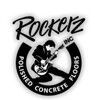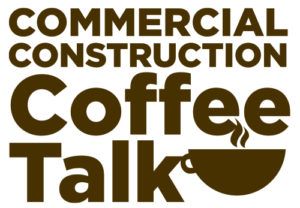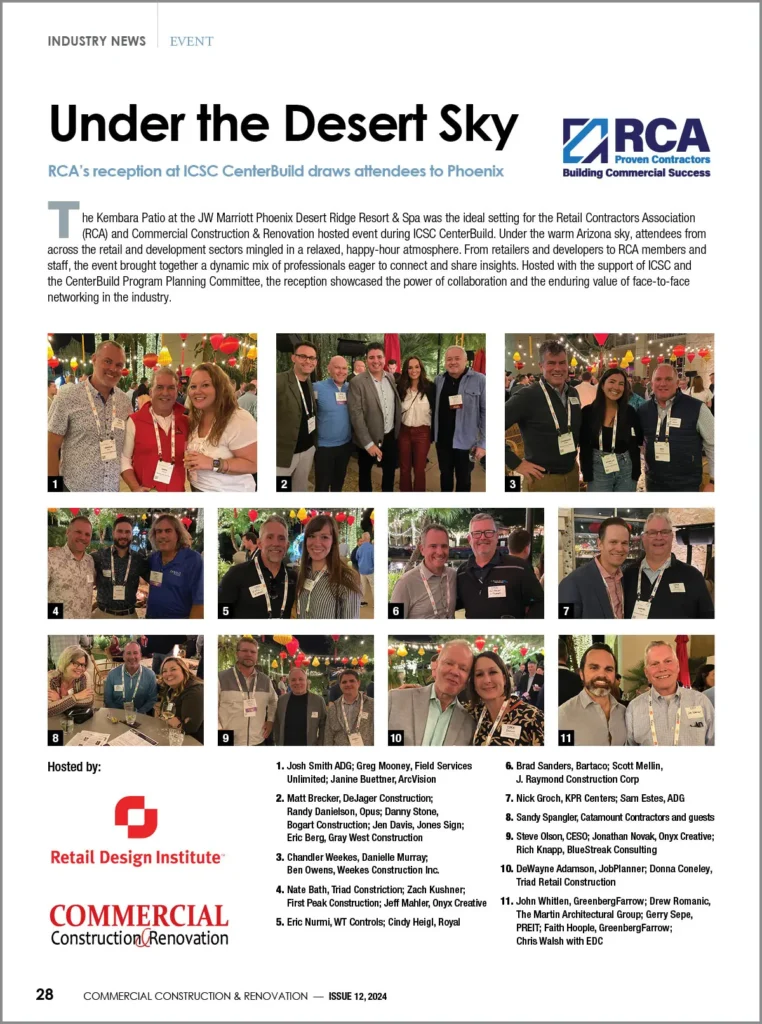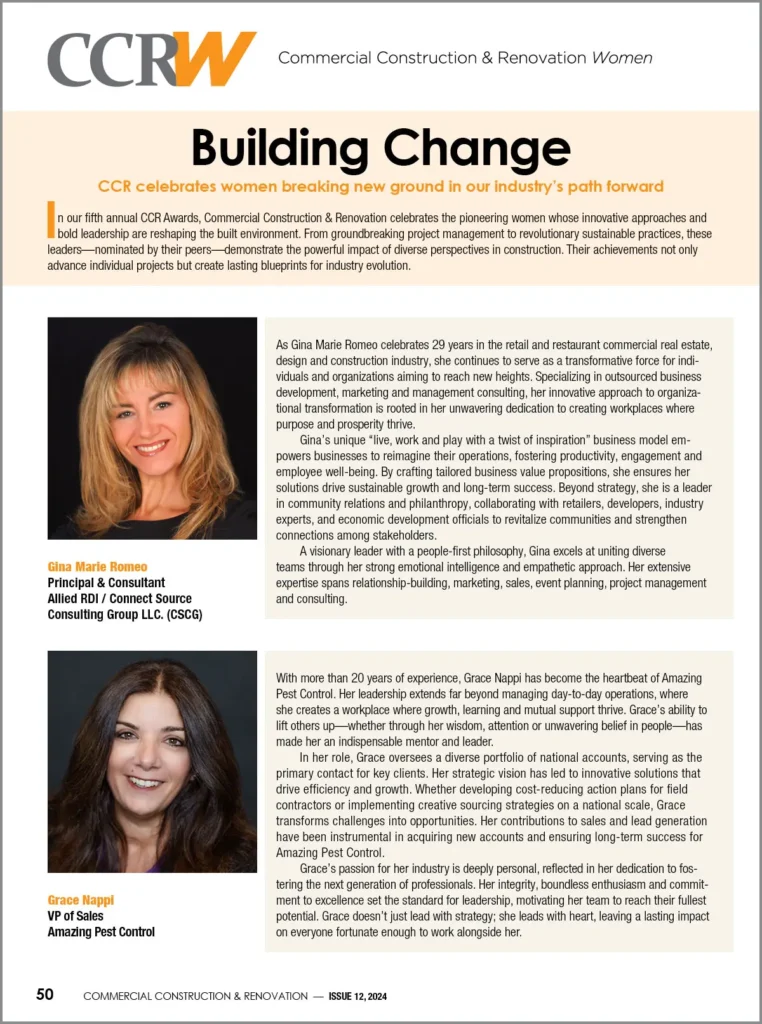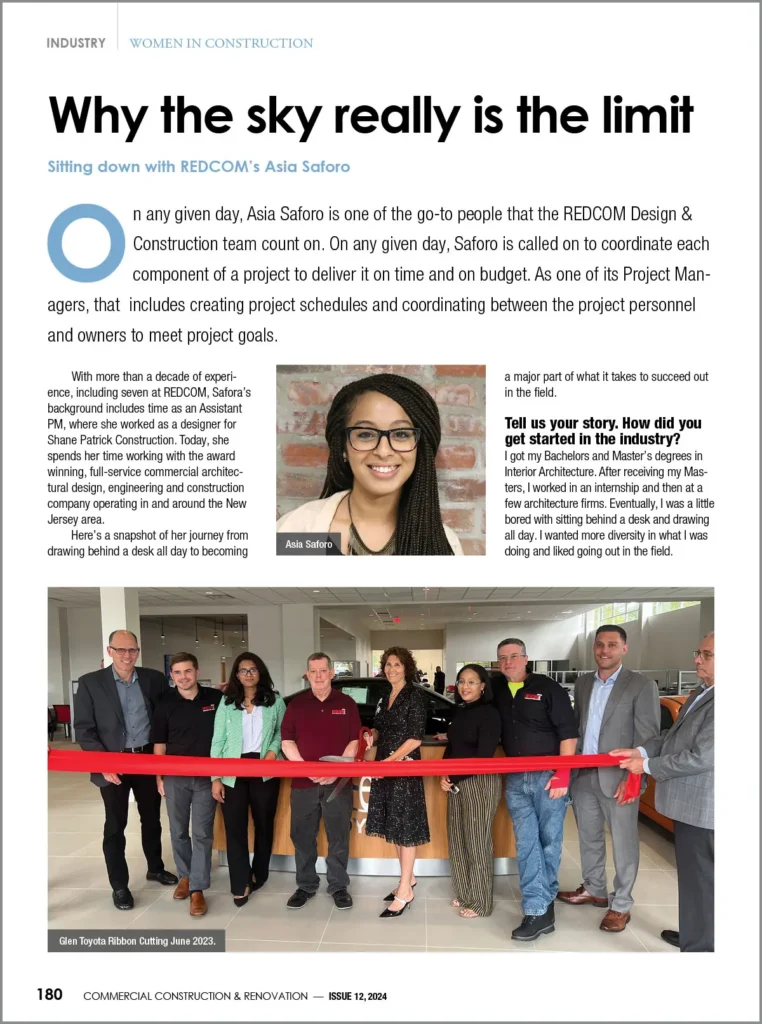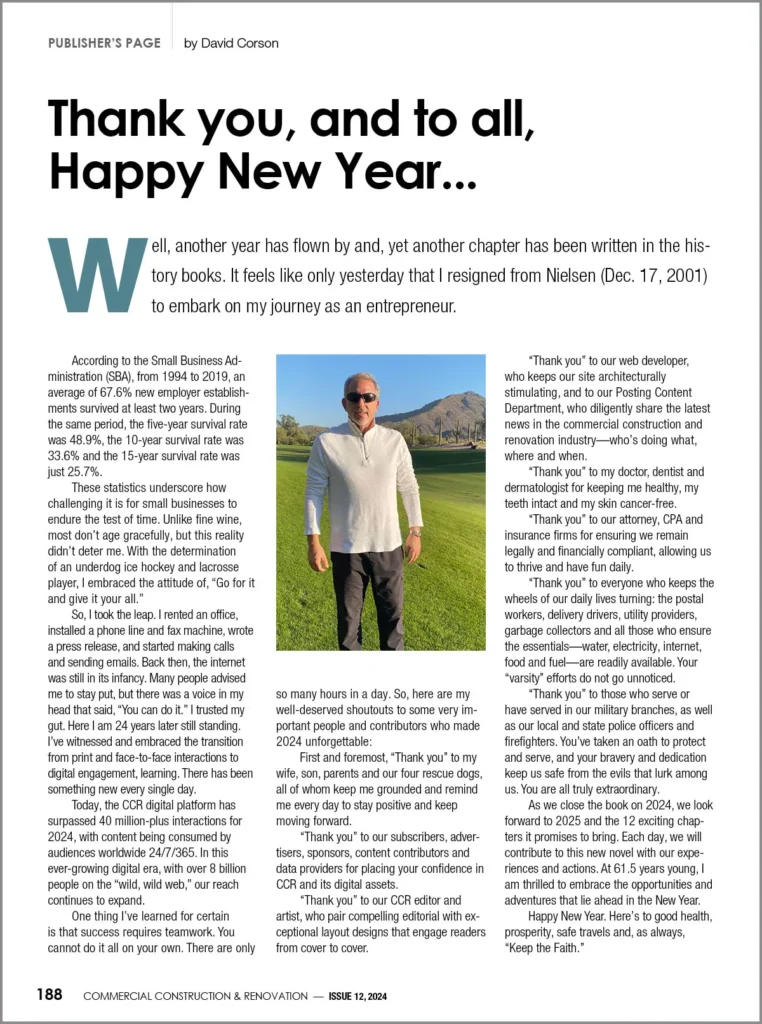
The construction industry makes use of a variety of building materials for various aspects of house construction. The most frequently mentioned materials in this conversation between structural engineers and architects are steel, cement, wood, masonry, and stone. Each is excellent for a number of applications because of its wide range of strength, weight, and lifespan. National regulations and testing procedures regulate how building supplies used nearby are used in the construction industry, so you can rely on them to maintain structural integrity. When choosing materials, Sand4U architects also take price and aesthetics into account.
The most popular sorts of building supplies near you in Sydney are those made of natural and synthetic materials. Stone and wood are examples of natural materials, whereas masonry, concrete, and steel are examples of man-made materials. However, before being used in a building, both must be prepared and treated. The most frequently used building materials are listed below.
Steel
Steel is an iron and carbon-based metal alloy that has additional alloying components added to it to make it harder and more fracture-resistant than iron. Stainless steels are resistant to corrosion and oxidation due to the additional chromium in their makeup. Because it is so sturdy for its weight and size, architectural engineers use it for the framework of tall modern homes and large commercial complexes. It features the following things:
- Steel has both a high strength-to-weight and strength-to-size ratio.
- When compared to other metals, it is expensive. The ideal sizes to use in a house at the lowest possible cost to support the actual load on the structure can be advised by structural specialists.
- Concrete requires more time to install than steel.
- It can be applied in several contexts.
- If steel is installed or maintained poorly, corrosion may result.
- Steel, gold, and silver are frequently used for finishing or adornment because they lack the tensile toughness of chrome.
Concrete
Crushed stone, gravel, recycled concrete, and geosynthetic aggregates are used to make the fine and coarse aggregates that makeup concrete, which are kept together by a liquid binder like cement that solidifies or cures over time. The most popular kind of concrete is made with Portland cement, a fine powder made by kilning clay and limestone. Then, after the cement has cooled, gypsum is added. Mineral aggregate, Portland cement, and water are the components that makeup Portland cement concrete. After mixing, the cement dries or hardens, producing the stone-like substance we know as concrete.
Specific qualities:
- The blend has different strengths. Typically, suppliers to the concrete industry offer the materials for concrete, and the concrete mix is evaluated for strength.
- Concrete may be poured into a mold to practically any shape, and it will harden into a substance that resembles stone.
- Engineers and architects must factor in this period when scheduling concrete building timelines since concrete needs at least seven days to set.
- Because of its versatility, affordability, and strength, it’s a great option for a home foundation. The reason concrete home foundations are so popular is because they can support heavy loads and endure environmental influences.
- To increase the tensile strength of concrete, engineers usually plan to reinforce it with steel rods or bars (rebar).
Conclusion: – The choice of building supplies is just one of the numerous components of a construction project. From a seasoned builder, find out more about the characteristics of construction materials.








